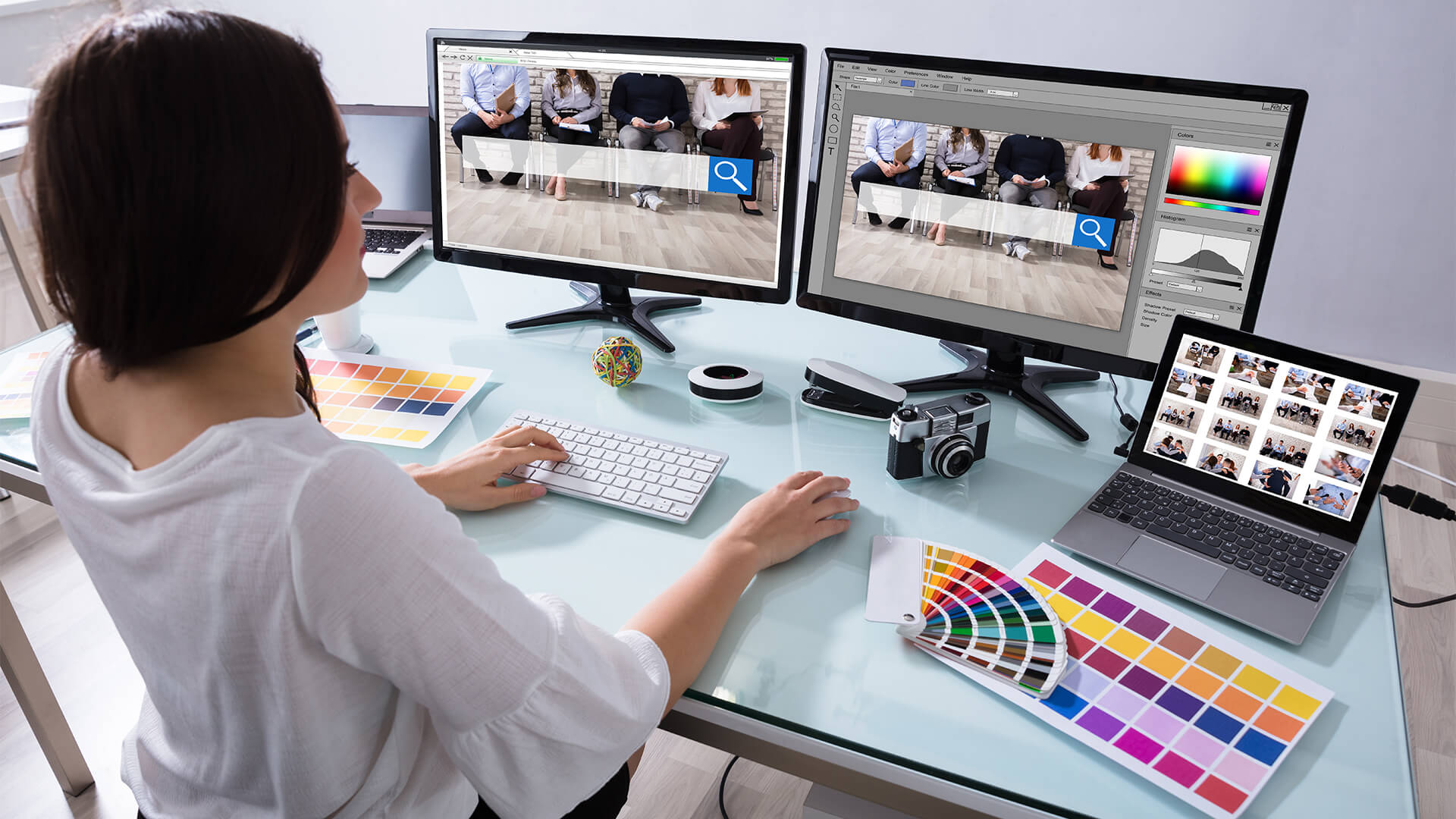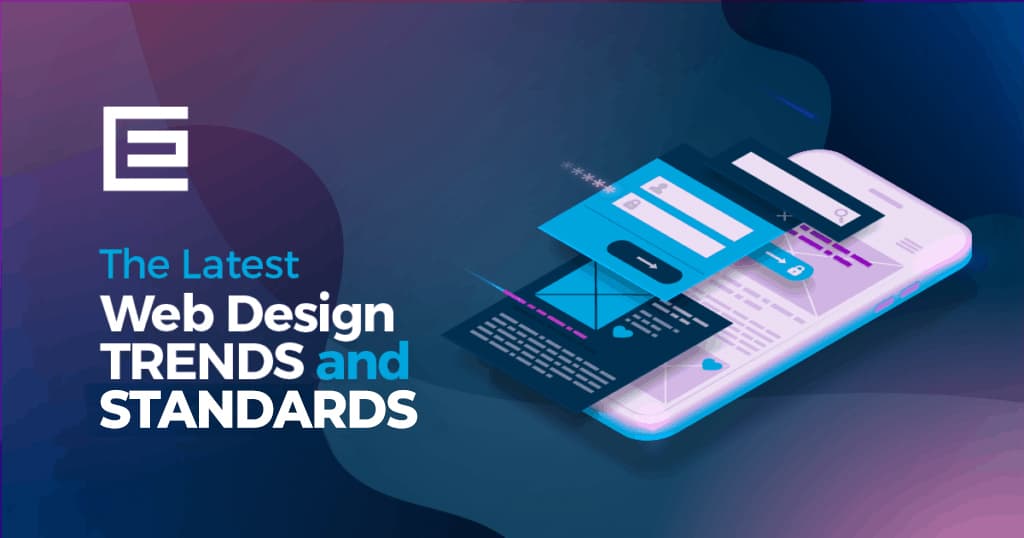The Most Effective Sorts Of Website Design to Boost User Experience and Involvement
In the ever-evolving landscape of digital interaction, the efficiency of website design substantially impacts individual experience and involvement. Various design approaches, such as minimalist, receptive, and interactive layouts, each deal special advantages that can accommodate varied customer requirements. Recognizing which kinds of website design best offer these objectives can be essential for companies intending to enhance client complete satisfaction and retention. Nonetheless, the question remains: which style components really reverberate with customers and foster meaningful interaction? The exploration of these principles exposes crucial insights that may redefine your strategy to website design.
Minimalist Web Style
As digital landscapes come to be increasingly cluttered, minimalist Web layout has become a powerful method to improving individual experience. This design philosophy focuses on simplicity, focusing on necessary aspects while getting rid of unneeded diversions. By using adequate white area, straightforward navigation, and a limited shade scheme, minimalist design cultivates clearness and guides individual attention to vital web content.
The core principle of minimalist website design is to produce a seamless communication for individuals. By reducing cognitive load, customers can quickly understand details without really feeling overwhelmed. This straight approach not just improves usability yet additionally motivates interaction, as site visitors are most likely to discover a site that is visually enticing and simple to browse.
Additionally, minimalist style commonly highlights typography and images, utilizing these aspects purposefully to communicate messages successfully. In significance, minimalist Web style is not simply a trend; it is a thoughtful method that recognizes the significance of user-centered style.
Receptive Website Design
In today's varied electronic setting, responsive website design has come to be vital for producing a smooth customer experience throughout a multitude of gadgets. As users access sites on mobile phones, laptops, desktops, and tablets, the ability of a web site to adjust its design and material to different screen sizes and resolutions is essential.
Responsive Web design uses versatile grids, pictures, and CSS media queries to guarantee that Web content exists optimally, despite the device made use of. This strategy not just improves the visual appeal of an internet site yet additionally dramatically enhances usability. Users are more probable to engage with a site that supplies a constant experience, as it removes the frustration of needing to zoom in or scroll excessively.
In addition, search engines, including Google, focus on mobile-friendly sites in search positions. By embracing responsive layout, businesses can boost their presence and get to a wider target market. This method likewise streamlines internet site maintenance, as a solitary version of the site can deal with all gadgets, decreasing the demand for several variations. In summary, responsive Web style is an essential technique that enhances customer experience, interaction, and total satisfaction.
Interactive Web Layout
Responsive website design prepares for boosting user experience, however interactive Web layout takes this a step further by involving customers in a more dynamic method - Aligned Position Web Design. By including elements such as computer animations, clickable models, and real-time responses, interactive Web style astounds users, attracting them right into a richer surfing experience
This approach not only look at here now promotes involvement but likewise motivates customers to discover material actively instead of passively eating it. Strategies such as gamification, where individuals gain rewards for completing tasks, can dramatically enhance the time invested in a site and enhance general satisfaction. Moreover, interactive attributes can simplify complex information, making it much more digestible and pleasurable.

Integrating interactive layout aspects can additionally result in greater conversion prices, as users are most likely to engage with a site that proactively involves them. Aligned Position Web Design. Eventually, interactive Web layout transforms user experiences into remarkable journeys, making sure that site visitors return time after time
Flat Design
Defined by its minimalistic technique, level design highlights simpleness and performance, removing unneeded components and concentrating on crucial functions. This style approach prioritizes functionality, making sure that individuals can navigate web link interfaces easily and effectiveness. By utilizing a clean aesthetic, flat style gets rid of the clutter typically located in extra ornate designs, thereby enhancing user concentrate on content and functionality.
The hallmark of level layout depends on its use bold colors, simple typography, and geometric forms. These aspects contribute to a visually appealing interface that is both modern and friendly. Furthermore, flat layout cultivates a feeling of clearness, allowing customers to determine vital actions and details without distraction.
Furthermore, flat layout is particularly efficient in receptive Web style, as its simpleness converts well across different tools and screen dimensions. By focusing on crucial features, flat style not just meets individual demands but likewise urges smooth interaction, making it an important element of efficient Web design techniques.
Flexible Website Design
Adaptive Web design personalizes the user experience by creating several taken care of designs customized to various screen sizes and devices. Unlike responsive style, which fluidly adjusts a solitary layout, adaptive design employs distinct layouts for specific breakpoints, guaranteeing optimal discussion on different systems. This strategy allows developers to concentrate on the one-of-a-kind characteristics of each tool, enhancing use by supplying exactly what individuals need based on their context.
One of the main advantages of flexible Web style is its capability to enhance tons times and performance. By serving tailored content and images that fit the customer's tool, internet sites can decrease information use and boost loading rates. This is especially valuable for customers with slower connections or minimal data strategies.

Furthermore, adaptive style promotes a much more regulated and consistent branding experience. Because developers create several layouts, they can make sure that the aesthetic elements line up with the brand name's identification across different systems - Aligned Position Web Design. This leads to a natural customer experience, enhancing interaction and advertising user retention
Verdict
Minimal design fosters clarity and focus, while receptive layout makes sure adaptability across various devices, advertising access. Jointly, these style approaches add to the production of easy to use atmospheres that not only boost contentment however also drive higher conversion prices, highlighting their vital significance in modern Web design strategies.

Minimal layout cultivates clarity and focus, while responsive design ensures versatility across different gadgets, advertising access. Jointly, these layout comes close to add to the production of straightforward Get the facts settings that not just boost complete satisfaction yet also drive higher conversion rates, highlighting their important relevance in modern Web design techniques.